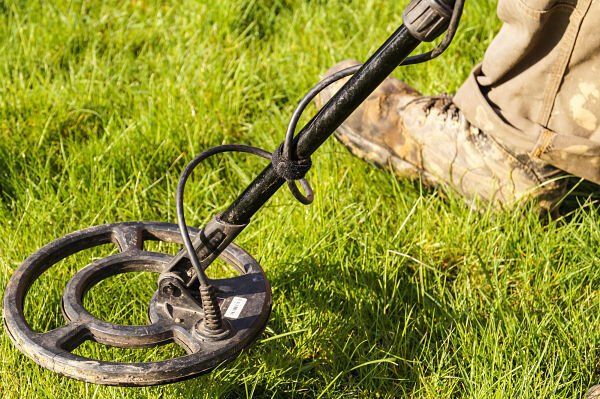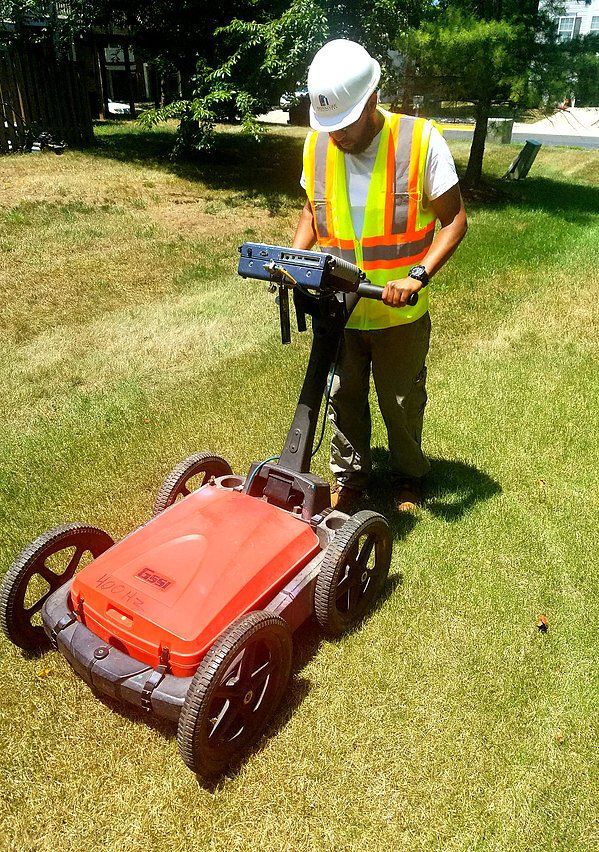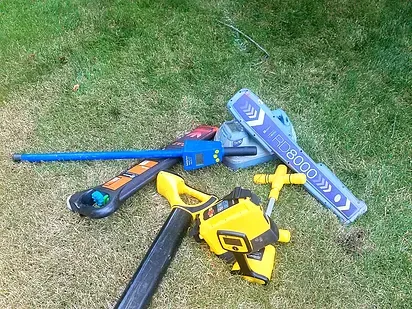MAGNETOMETERS
Metal detection for utility scanning
Metal Detection Scanning
There's no escaping magnetic field. In fact, you are currently standing or sitting in one because the earth itself is a giant magnet. Not only that, but you are actually surrounded by magnetic fields inside your home from your television, refrigerator, speakers, and everything that runs on electricity. No worries because this exposure is so insignificant it doesn't even affect you. But how do you know the degree of exposure you may have near a magnetic field? You use a magnetometer.

What is metal detection?
The words magnet and meters can already tell you what a magnetometer is all about. It's basically an instrument that measures the STRENGTH AND DIRECTION OF A MAGNETIC FIELD in a particular area around you. It all started when Carl Friedrich Gauss invented the first magnetometer in 1833. This particular device gives you an absolute value of how strong the Earth's magnetic field is.
A magnetometer measures a magnetic field or flux density in metric units of gauss (G) or unit tesla (T). One basic example of a magnetometer you all are familiar with is the compass which aligns with the Earth's magnetic field direction. Today, you can find several types of magnetometers that differ in how they provide measures for magnetic fields.
What is it used for?
Ferromagnetic materials containing iron, nickel, or cobalt generate magnetic fields that can be detected and measured by a magnetometer. These materials can be found in almost all objects around us such as electronic devices, weapons, and vehicles. This capability of a magnetometer makes it a perfect DETECTION DEVICE. In fact, it's the best tool for treasure hunting adventures because it can detect at a much larger depth as compared to a typical metal detector.
Advancement in technology is made possible by magnetometers. They help in:
- COAL MINING for they locate threats in underground mining
- MILITARY because they can detect movements of metal objects in water like submarines
- AERONAUTICS by locating positions of airplanes and satellites
- ARCHAEOLOGY for they detect the presence of underground objects, shipwrecks, and buried sites
- MOBILE TECHNOLOGY because cellphones have miniature magnetometers in them for their location-based services.
You can also find them around you in MRI scanners, electric motors, computers, microwaves and cars.
Why is it used for locating utility lines underground?
It is important to conduct underground utility mapping before construction or excavation projects start and in order to do so, the help of a magnetometer is needed. There are several tools to locate utility lines underground but a magnetometer is the most effective especially for those buried deeper in the ground. It works as a METAL DETECTOR but is even better and effective.
The power of magnetometer is limited to ferrous metals only. A magnetometer is best in detecting underground power lines and it does so by detecting the magnetic field generated from electric currents. It is also efficient in locating gas, water, and sewage utility lines. However, It struggles detecting the presence of plastic, asbestos and terra cotta underground.
How accurate is metal detection underground?
A simple magnetometer consist of a free moving magnet. As this magnet moves in reaction to a magnetic field, a calibrated scale measures the movement and translates it into usable data. Magnetometers are VERY SENSITIVE to magnetic fields generated by ferromagnetic materials whether they are strong or weak or even buried deeper underground. This only tells us that the data it generates is accurate, thus highly reliable.
However, its sensitivity to magnetic fields produced by ferrous metals also put magnetometer at risk of signal interference. There are lots of metals buried underground and their presence can interfere the detection of a particular object.
The accuracy of magnetometer can also be backed up by its pT level noise (10-12) which determines the smallest magnetic field it can detect. Every sensing technology has its own noise and the noise produced by magnetometers falls in between these.
How far down underground can it reach?
One reason as to why magnetometers are preferred over typical metal detectors in treasure hunting activities is their ability to detect at a much larger depth. Magnetometer is 5 times better than metal detectors. A magnetometer can detect at TENS OF METERS as compared to metal detectors which only do so at 2 meters deep.

